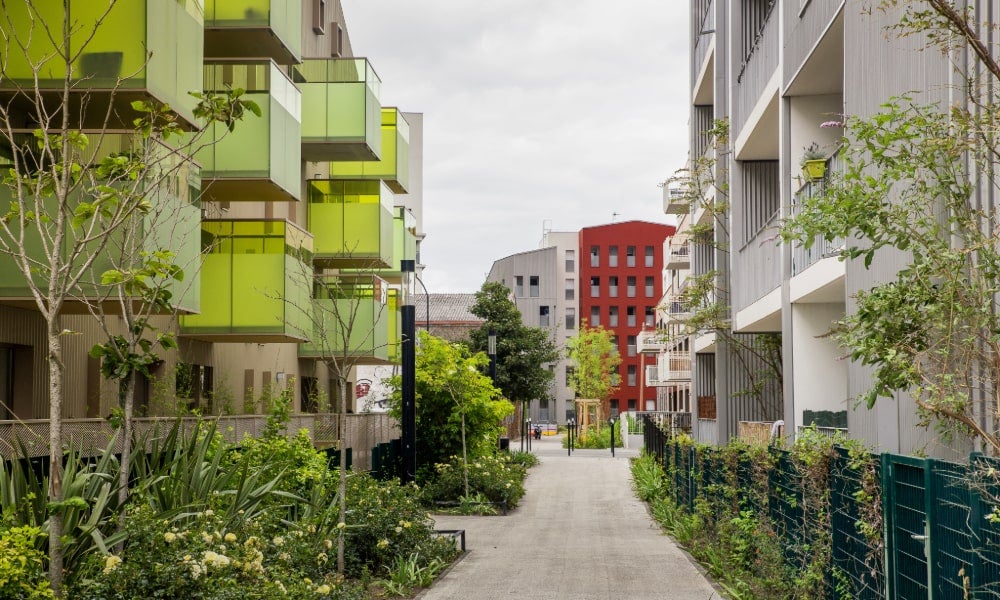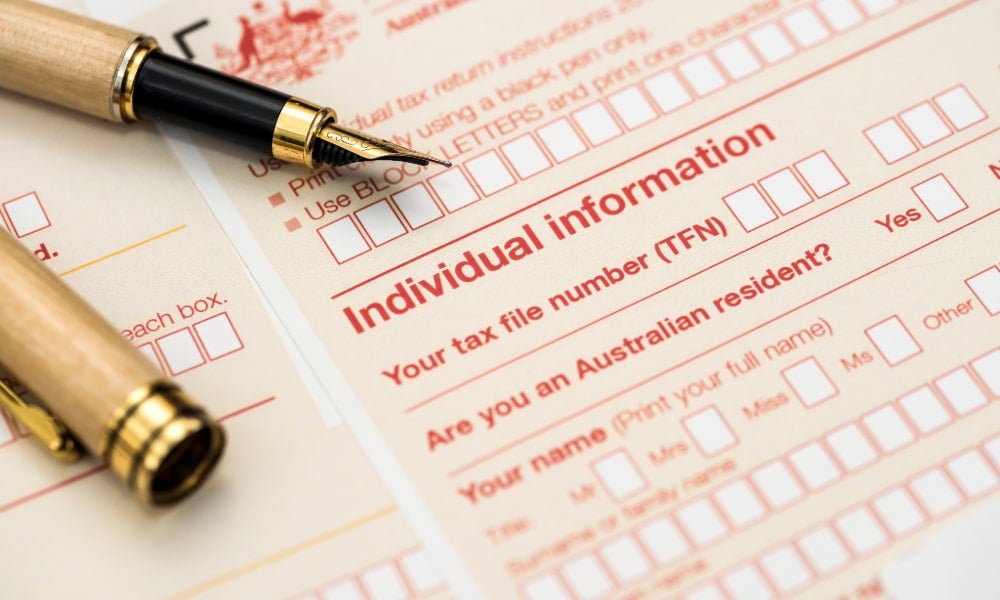Three big challenges the federal budget 2024 needs to address
The federal budget 2024 is under pressure to address rising cost of living pressures and housing affordability concerns. Will the government deliver?
With the federal budget due to be handed down next Tuesday evening, the government is under significant pressure to address a number of important issues facing Australians and the broader economy.
While windfall tax revenues allowed for a surplus in the previous two budgets, the current economic climate presents stronger headwinds. These challenges include rising cost of living expenses and stagnant wages, alongside ongoing concerns about housing affordability.
Reducing the cost of living
According to the Australian Bureau of Statistics, all five cost of living indexes rose between 0.7 per cent and 1.7 per cent in the March 2024 quarter. Over the twelve months to the March 2024 quarter, cost of living indexes rose between 3.3 per cent and 6.5 per cent, while employee households recorded the strongest quarterly and annual rises due to increases in mortgage interest charges.
Cost of living is the main issue facing Australians at the moment, according to Gigi Foster, Professor in the School of Economics at UNSW Business School. “The government will want to be seen to be doing something about it, but if its track record is anything to go by, this will be more about giving further government handouts and less about solving the underlying issues that are driving up the prices of goods and services relative to incomes,” Professor Foster said.

Mark Humphery-Jenner, Associate Professor in the School of Banking and Finance at UNSW Business School, observed that the government has to manage a difficult balancing act when it comes to cost of living, which can be inflationary. “The government should take steps to increase supply and reduce costs,” said Associate Professor Humphery-Jenner, who pointed to the ‘future made in Australia’ policy, which he said risks creating subsidy-dependent inefficiencies.
“The government could look at licensing regimes and find ways to make the process less onerous or expensive, without reducing quality,” he said. “The government should also look towards encouraging skilled workers to work harder or longer via incentives, rather than imposing disincentives,” said Associate Professor Humphery-Jenner. This approach would increase supply, thereby alleviating cost of living pressures.
Improving housing affordability and availability
There has been a 53 per cent increase in the total value of housing from December 2018 to December 2023. The strongest surge (24.5 per cent) in housing prices was recorded in 2021, while this figure increased by 8.1 per cent last calendar year. The median weekly rent value across all Australian dwellings also hit a record high of $627 per week recently, and rental costs range from $770 per week in Sydney, to $547 in Hobart. These figures highlight the significant financial burden that housing costs can place on households, particularly those with a mortgage or those who are renting.
Read more: Inflation is easing: what impact will this have on Australians?
Dr Chris Martin, Senior Lecturer at the City Futures Research Centre, UNSW Arts, Design & Architecture, observed that Australia urgently needs a major investment in social housing to address the chronic lack of affordable options for low-income renters and homeless persons.
“The Federal Government needs to be much more ambitious on housing,” he said. “At the last Census there were 640,000 Australian households with an unmet housing need – that is, low-income households renting unaffordably, or overcrowded, or homeless – and this is projected to grow to just under a million by 2041.” Dr Martin said this section of the community is chronically failed by the private rental market. “To meet all needs, our social and affordable housing sector needs to triple in size over 20 years,” he explained.
Having spent the past couple of years setting up its Housing Australia Future Fund (HAFF, a complicated funding mechanism delivering an estimated 30,000 dwellings over five years), Dr Martin said the government should make a more straightforward and substantial commitment of funds for social housing capital grants in the federal budget. “Those social housing dwellings cannot come soon enough, so social security base rates and rent assistance need a boost, as recommended by the Economic Inclusion Advisory Committee,” he added.

Hal Pawson, Professor and Associate Director at the City Futures Research Centre UNSW Arts, Design & Architecture, said that the Federal Budget 2024 could significantly increase rent assistance to ease immediate pressure, and, for longer-term relief, double the investment in social housing construction.
“Virtually immediate relief could be provided to low income renters through another one-off increase in rent assistance to compound the 15 per cent up-rating in the 2023 Budget,” said Professor Pawson, who noted that UNSW Associate Professor Bruce Bradbury has made a reasoned case that the 15 per cent should have been 100 per cent. “Budget 2024 could finish the job,” he said.
To provide longer-term relief, Professor Pawson said the budget could respond to the calls from a coalition of industry bodies to double the Housing Australia Future Fund to $20 billion. This could enable the expansion of current plans to construct 40,000 social and affordable homes over the next five years, largely underwritten by already committed HAFF funding.
The budget should also aim to boost funds for social housing investment. Professor Pawson said it could include a pledge to phase out private landlord tax concessions or restrict them to newly built homes, with the resulting additional tax revenue designated to supplement the HAFF construction program.
Pulling the right economic levers on housing policy
Professor Foster said that a big part of the cost of living (especially for young people who cannot break into the market and homeowners who have seen their mortgage repayments rise substantially) is the rise in the cash rate in recent times. “Housing availability and affordability are affected by many things, including immigration levels, skilled labour availability, and regulations around land management, development, and investment,” she explained.
Read more: How credit supply and loans to investors impact housing prices
Associate Professor Humphery-Jenner said the government needs to take more concerted action in the budget and avoid tinkering with policy settings that affect housing affordability and availability. “The significant uncertainty that arises whenever the government talks about so-called ‘reform’ deters developers and investors. This undermines housing supply. In turn, this forces up rents and prices,” he asserted.
To encourage more supply, he said the government must create a friendly environment for the market. This involves credible assurances of no adverse policy changes, along with avoiding inflationary policies. “The government is right to leave negative gearing and capital gains alone, and the government should not change these. Such a structural change, coupled with what it says about government policy setting, would undermine supply,” he said.
Developers need to be able to sell to both investors and owner-occupiers to be viable. But, absent negative gearing, investors will see less opportunity in the housing market, causing them to withdraw from the market. Associate Professor Humphery-Jenner observed that many construction companies are going out of business and it is unlikely that construction prices will fall. “This would render projects non-viable and undermine an efficient market. In turn, this would further exacerbate supply shortages,” he said.

Stage 3 tax cuts: next steps
The Stage 3 tax cuts, which are a part of the Australian government’s tax reform plan, have been a topic of significant discussion. These tax cuts, which were initially introduced by the previous Coalition government, are scheduled to come into effect from July 1, 2024. These changes are expected to provide more benefits to low- and middle-income workers.
Ann Kayis-Kumar, Associate Professor in the School of Accounting, Auditing & Taxation at UNSW Business School, said the amendments to the Stage 3 tax cuts were a “politically sensible and economically sound course correction, grounded in the good tax design principle of vertical equity. In other words, these amendments prevented the system from becoming less fair in a time of increasing financial stress for most Australians.”
The amount of tax an individual pays in Australia depends on how much they earn, with higher rates payable on higher incomes. Associate Professor Kayis-Kumar said this is called a ‘progressive’ tax rate and is standard practice globally “because progressive taxes help reduce inequality”.
“The top marginal tax rate is now 45 per cent. But with a little perspective, this isn’t quite as bad as it sounds,” she said. “For a start, the higher tax rate is only payable on each dollar earned over $190,000. For everything up to that amount, the lower tax rates apply. And if your taxable income (income after deductions) is over $190,000 then you’re in the top 5 per cent of taxpayers in the country.”
Subscribe to BusinessThink for the latest research, analysis and insights from UNSW Business School
However, Associate Professor Humphery-Jenner took issue with the changes to the Stage 3 tax cuts, which he said have effectively increased taxes as the government repealed a previously legislated tax cut and replaced it with a smaller one. “This is a tax hike of around $5000. Further, they failed to extend the LMITO, which itself is an implicit tax hike of up to $1500,” he said.
“The issue is that the government has done nothing to address bracket creep: as wages increase with inflation, a greater proportion of earnings are taxed at a higher rate. The RBA has specifically noted that this has crunched disposable incomes.”
